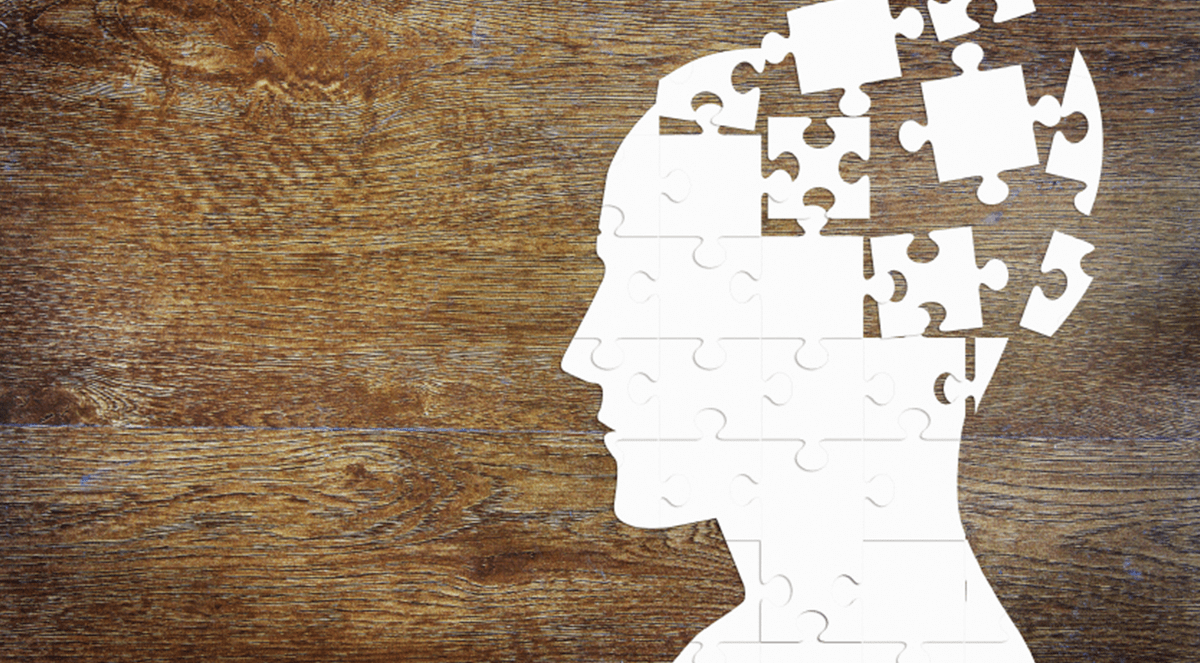The aim of the study was to compare olfactory functions between unipolar and bipolar patients according to the thymic states (depressed, euthymic) and determine specific olfactory variations between these different states.
We recruited 176 participants in 5 groups: depressed bipolar (DB), euthymic bipolar (EB), depressed unipolar (DU), euthymic unipolar (EU), and controls (HC). They were assessed using the Sniffin’ sticks threshold and identification tests. Odors’ pleasantness, intensity, familiarity and emotion were assessed. Clinical evaluation explored dimensions of depression, mania, anxiety, and anhedonia.
Smell identification was lower in DU compared to EU patients and controls. Pleasant odors received lower hedonic rating in DU and DB patients compared to EU and EB patients respectively. Negative correlation was found in EB patients between hedonic rating and social anhedonia. In EU patients hedonic rating was negatively correlated with anxiety-state, and anhedonia.
Odor identification of pleasant odors is altered in both depressive states. Only unipolar patients would recover a regular identification level in symptomatic remission, while bipolar subjects would keep their deficits. Hedonic rating is lower in bipolar depressed patients compared to unipolar ones, and these deficits improve after remission. Hedonic rating of pleasant odors may distinguish bipolar depression from unipolar depression during periods of decompensation and phases of remission. Olfactory assessment may be useful to screen unipolar and bipolar depression, leading to possible future sensory markers in mood disorders.
Olfactory markers for depression: Differences between bipolar and unipolar patients.


